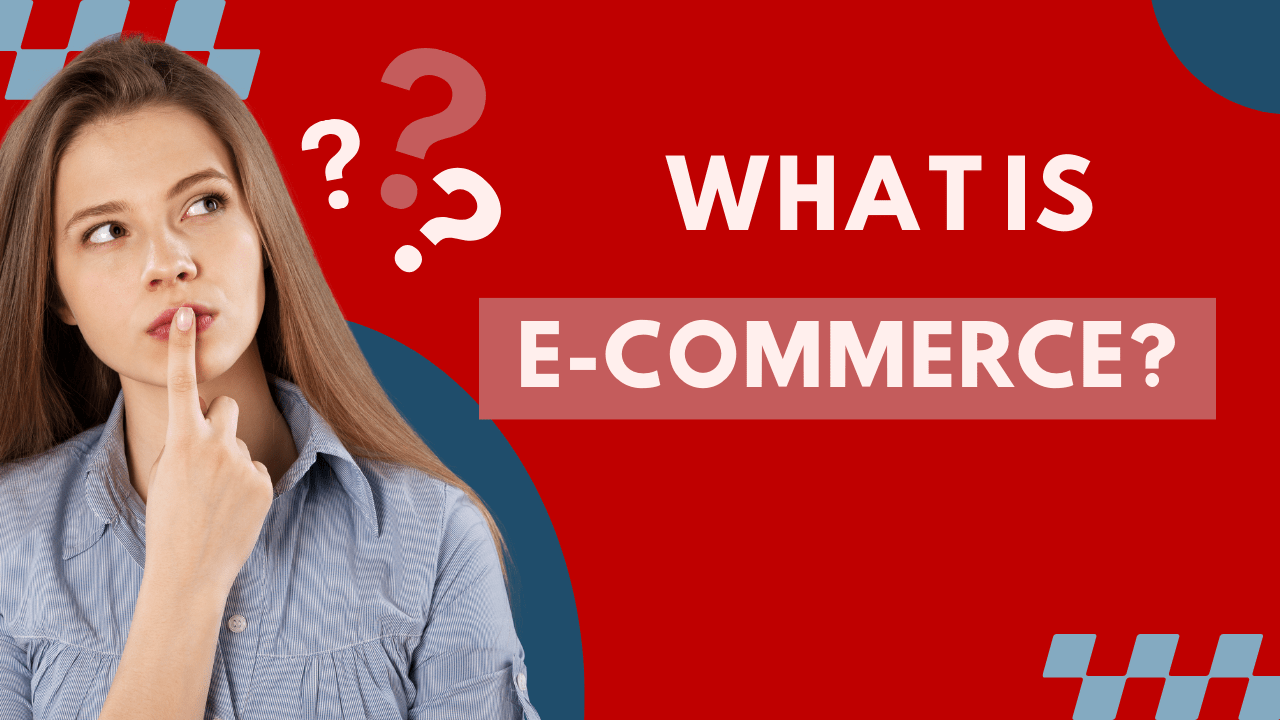Exploring the Marvels of E-Commerce Business: Unveiling Diverse Models for Success
Introduction:
Ever wondered how your favourite online store magically appears, ready to fulfill your shopping desires with just a click?
Welcome to the enchanting world of E-commerce Business, where digital wonders unfold at your fingertips.
-
The What and Where of E-Commerce Business:
E-commerce, or electronic commerce, is the exciting realm where goods and services are bought and sold over the internet.
Imagine a vast online marketplace, accessible from the comfort of your home, breaking through geographical boundaries to deliver convenience and an endless array of products.
-
Understanding the Different E-Commerce Business Models:
-
-
B2C (Business to Consumer):
-
In the B2C model, businesses sell directly to individual consumers. Your go-to online clothing or gadget store is a perfect example. It brings the marketplace to your screen, offering an array of products for personal use.
-
-
B2B (Business to Business):
-
B2B focuses on transactions between businesses. Industries like wholesale and manufacturing thrive on this model, fostering connections between suppliers, manufacturers, and distributors on a global scale.
-
-
C2C (Consumer to Consumer):
-
C2C platforms enable transactions between individual consumers. Think of online auction sites or classified platforms where individuals buy and sell second-hand goods, creating a dynamic marketplace.
-
-
Dropshipping:
-
Dropshipping is a unique E-Commerce Business model where you don’t physically handle the products they sell. Instead, they partner with suppliers who ship products directly to customers. It’s a low-risk approach, minimizing inventory costs and logistical challenges.
-
-
Subscriptions:
-
Subscription models offer a steady stream of income by providing products or services on a recurring basis. Think of monthly subscription boxes or streaming services, offering customers a convenient and predictable way to access what they need.
-
-
Affiliate Marketing:
-
In the world of affiliate marketing, businesses earn commissions by promoting other companies’ products. This model thrives on partnerships, where influencers and marketers promote products, earning a share of the revenue from each sale.
-
-
Digital Products:
-
Digital products, like e-books, software, or online courses, are intangible goods sold in the digital realm. They come with minimal production costs and can be distributed globally, making them an attractive option for aspiring digital entrepreneurs.
-
-
White Labeling:
-
White labeling involves selling products manufactured by one company under another brand’s name. This allows businesses to focus on branding and marketing while leveraging existing products, reducing development time and costs.
The Growth Potential of E-Commerce Business: E-commerce’s growth knows no bounds, driven by its ability to reach a global audience and the continuous evolution of technology. Let’s explore some industry statistics that underline its immense potential.
-
Industry Statistics:
- According to Statista, global e-commerce sales are projected to reach a staggering 6.38 trillion US dollars by 2024.
- E-Marketer reports that e-commerce accounted for 18% of total retail sales in 2023, with expectations of a continuous upward trajectory.
The How of E-Commerce Business: Embarking on a successful e-commerce journey requires strategic planning and execution. Here are key steps to navigate the digital landscape:
- Choose Your Niche: Select a niche that resonates with your target audience, ensuring a focused approach and standing out in the competitive digital marketplace.
- Create a User-Friendly Website: Develop a visually appealing and mobile-friendly website, offering a seamless user experience that encourages repeat business.
- Implement Secure Payment Methods: Prioritize security with SSL certificates and encrypted payment gateways to build trust and protect sensitive customer information.
- Utilize Digital Marketing Strategies: Leverage SEO, social media, and email campaigns to enhance visibility and drive traffic to your website.
-
FAQ:
Q: How can I ensure the security of my e-commerce website?
A: Implement SSL certificates, use secure payment gateways, and regularly update security measures to safeguard your e-commerce platform.
Imagine the endless possibilities in the digital marketplace.
What unique products or services could you offer to make someone’s life easier or more enjoyable?
-
The Why of E-Commerce Business:
Beyond the convenience for consumers, there are compelling reasons for businesses to embrace e-commerce:
-
- Global Reach: E-commerce Business eliminates geographical limitations, allowing businesses to reach customers worldwide, opening new avenues for growth and expansion.
- Cost-Effectiveness: With reduced overhead costs compared to traditional setups, e-commerce proves cost-effective, attracting businesses looking to optimize their budgets.
- Data-Driven Decision Making: Digital platforms provide valuable insights through analytics, enabling businesses to track customer behaviour, preferences, and trends for informed decision-making.

-
Conclusion:
In the ever-evolving landscape of E-commerce Business, embracing the digital wave is not just an option; it’s a necessity.
E-commerce business models offer diverse opportunities for entrepreneurs and established businesses alike.
Whether you’re a consumer seeking the latest trends or an aspiring business owner, the digital marketplace awaits, promising endless possibilities.
Thanks for Reading!
For Marketing related Questions Contact us for a Free Consultation


Leave a Reply